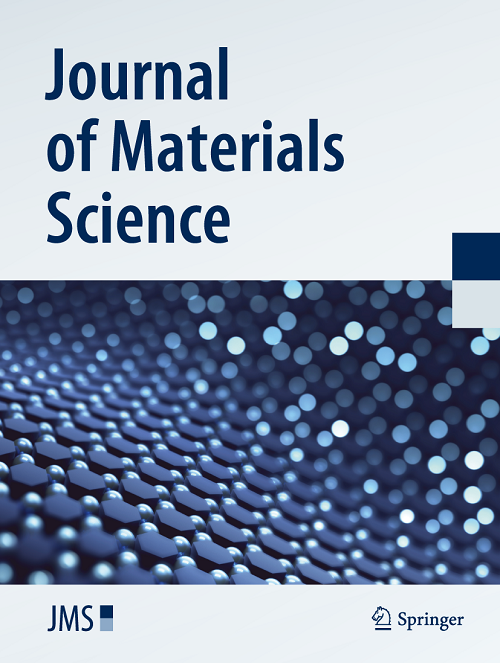Microstructural evolution during multi-axial forging of AA6082/B4C nanocomposites
Abstract
Multi-axial forging (MAF) is a severe plastic deformation technique in which a large plastic strain is imparted by multi-axial compression to achieve a high level of grain refinement. In this study, the microstructural changes due to multi-axial forging of AA6082/B4C nanocomposite and their effect on mechanical properties have been studied. The samples of AA6082/B4C composite have been subjected to three cycles of multi-axial forging at room temperature, imparting a true strain of 0.3 in each cycle. The microstructure after multi-axial forging showed a bimodal grain structure composed of ultrafine and coarse grains with average grain size reducing from 154 to 52 μm. MAF also improved the distribution of B4C nanoparticles with increase in the number of cycles. The mechanical properties of the composite after MAF have been correlated with dislocation density and evolution of secondary phases using microstructural analysis. Crystallographic texture evolution during MAF of the composite revealed change in the intensity of some texture components which is consistent with the observed variation in the yield strength. The strength of the composite improved by 135% after three cycles of MAF when compared to the initial as-cast condition but the failure strain in uniaxial compression decreased by 23%.

 求助内容:
求助内容: 应助结果提醒方式:
应助结果提醒方式:


